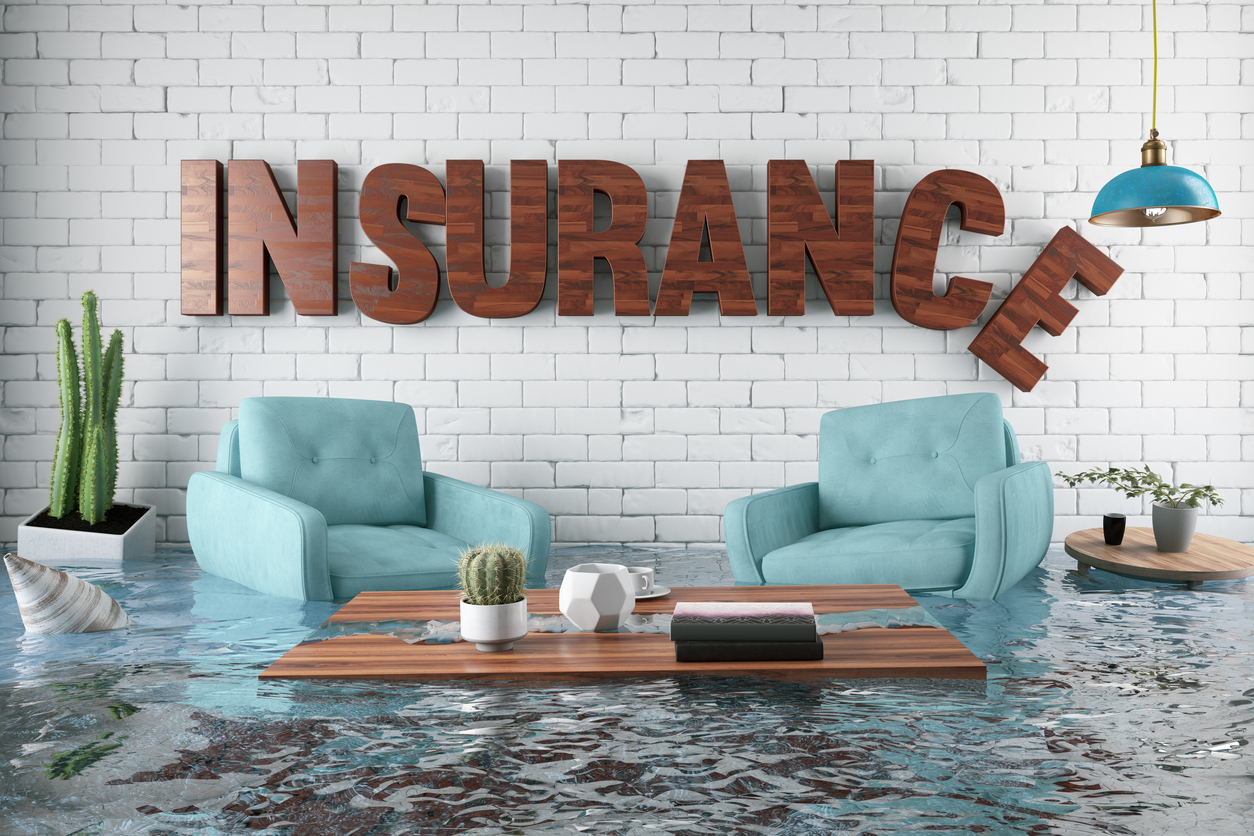Is my collapse claim covered? Can my insurance company deny the claim, my balcony just collapsed? My porch is hanging by a thread… am I covered?
Looking for an answer to questions about collapse coverage? You have come to the right firm’s blog. This series is intended to give the basics on collapse coverage, the history and background, plus explore how different courts have handled different collapse provisions. As I mentioned in part one, it is imperative that readers understand that the reason collapse can be a frustrating issue is in part because of the variations in the policy language from policy to policy, and state to state. This is an important topic for policyholders, public adjusters, and counsel but while the topic isn’t scorching hot, seeking coverage can be very controversial.
In my last post, we looked at the evaluation of the collapse policy language and concurrent causation.
As a refresher, the doctrine of concurrent causation holds that when a loss can be attributed to two causes, one that is covered and one that is excluded, the loss will be covered. Keep in mind this type of causation application generally applies to “all risk policies,” as opposed to “named peril policies.”
Based upon my research, insurance companies have not been happy with courts applying concurrent causation to find coverage for collapse losses and they have added language and changed the collapse verbiage to restrict collapse coverage.
So the next step in the collapse puzzle is to understand anti-concurrent causation.
Anti-concurrent causation language was designed to make it “clear” that there was no coverage for a loss caused by any of the general exclusions listed in the policy, regardless of any other cause that contributed concurrently or in any sequence to the loss. In other words, if the excluded event was in any way involved, the insurance company is not paying.
Here is the Insurance Services Office (ISO) anti-concurrent causation language from 1999:
A. We do not insure for loss caused directly or indirectly by any of the following [general exclusions]. Such loss is excluded regardless of any other cause or event contributing concurrently or in any sequence to the loss. These exclusions apply whether or not the loss event results in widespread damage or affects a substantial area.
The anti-concurrent causation language that started filtering into policies made it harder for policyholders to get coverage for various types of problems, including collapse losses but Insurance companies also changed the collapse language and where it is often listed in the policies.
Right on the top of my desk, I have a homeowners policy from North Carolina that I decided was a good reference to see the collapse coverage.
This “all risk” policy falls under the section of the policy titled E. Additional Coverages. This is where debris removal and ordinance and law coverage is listed, but number 8 lists Collapse. This 2010-2011 policy has the ISO 1999 form, HO 00 03 10 10 that reads:
a. With respect to this Additional Coverage:
1. Collapse means an abrupt falling down or caving in or a building or any part of a building with the result that the building pr part of the building cannot be occupied for its current intended purpose.
2. A building or any part of a building that is in danger of falling down or caving in is not considered to be in a state of collapse.
3. A part of a building that is standing is not considered to be in a state of collapse even if it is separated from another part of the building.
4. A building or any part of a building that is standing is not considered to be in a state of collapse even if it shows evidence of cracking, bulging, sagging, bending, leaning, settling, shrinkage or expansion.b. We insure for direct physical loss to covered property involving collapse of a building or any part of a building if the collapse is caused by one or more of the following:
1) The Perils Insured Against named under Coverage C;
2) Decay that is hidden from view, unless the presence of such decay is known to an “insured” prior to collapse;
3) Insect and vermin damage that is hidden from view, unless the presence of such damage is known to an “insured” prior to collapse;
4) Weigh of contents, equipment, animals and people;
5) Weight of rain which collects on a roof; or
6) Use of defective materials or methods in construction, remodeling, or renovation.c. Loss to an awning, fence, patio, deck, pavement, swimming pool, underground pipe, flue, drain, cesspool, septic tank, foundation, retaining wall, bulkhead, pier, wharf or dock is not included in b.(2). through (6) above, unless the loss is a direct result of the collapse of a building or any part of the building.
d. This coverage does not increase the limit of liability that applies to damaged property.
Wow! This “additional coverage” is very narrow as it is, but then read section c, where it takes away what I would classify as a great deal of typical collapse claims by excluding five (5) of the above scenarios giving coverage. How does the typical policyholder deal with these policies and how are agents explaining this in their reviews?
My friend, the IRMI library explained the absurdity of this ISO provision:
Therefore, under either form, if fire or windstorm damage to a covered building leaves the building standing but in danger of falling down or caving in, the entire loss to that building—including its near-collapse—is covered under the fire or windstorm peril; the collapse definition is inapplicable to such losses.1
For a further entertaining read on causation give "The Enigma of Causation in Insurance Contract Interpretation" a try. And be sure to read the article that prompted my posts, Insurance Coverage For Collapse- How Has it Changed and Why?
Get ready to read some case summaries involving collapse coverage in the upcoming posts but be sure to post your comments and keep sending the emails. Keep the questions coming!
1 Linda G. Robinson, What’s New in the 2000 Edition ISO Commercial Property Forms: CP 10 10, CP 10 20, and CP 10 30, IRMI, Nov. 2001.



